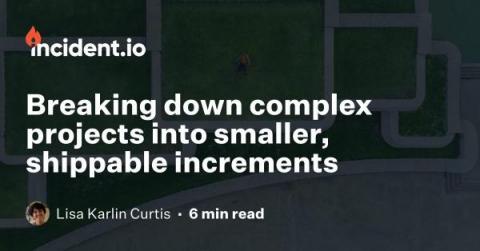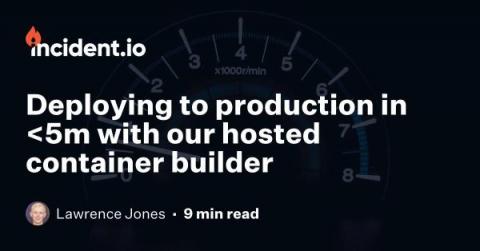On-call by default
Like many SaaS businesses, we have an on-call rota to enable us to provide 24x7 cover if there are problems with incident.io. We have a 'pager' which will alert the relevant person if something unexpected happens in our app, so that they can investigate and fix it if needed. Note: This was adapted from an internal document we wrote about how we think about on-call at incident.io.











